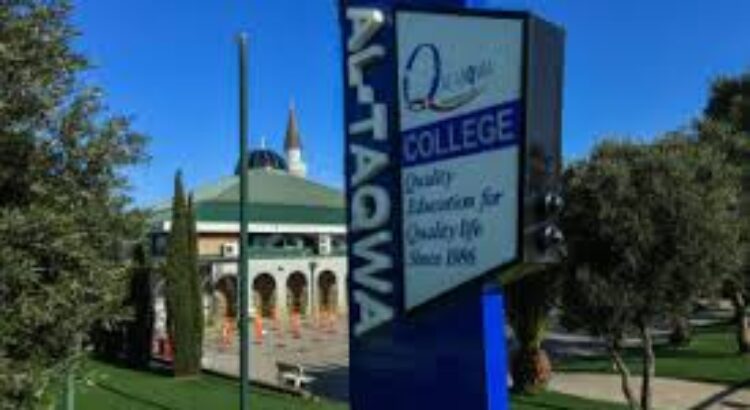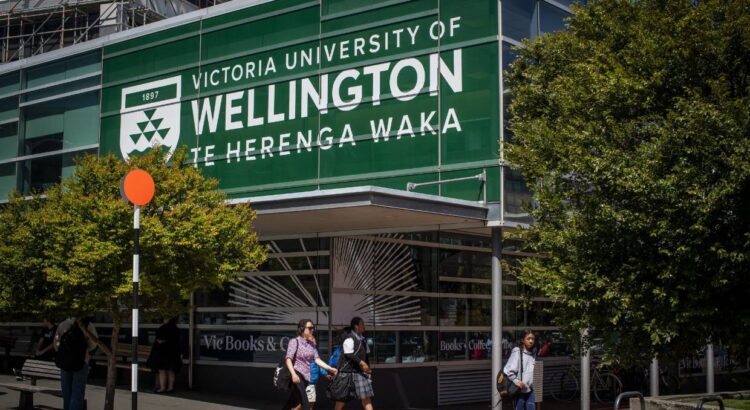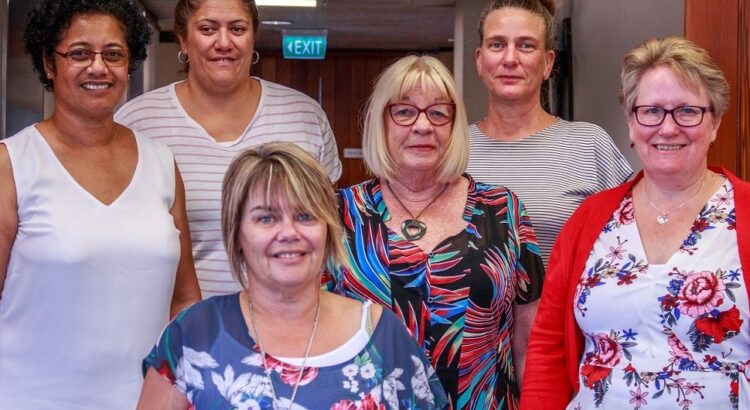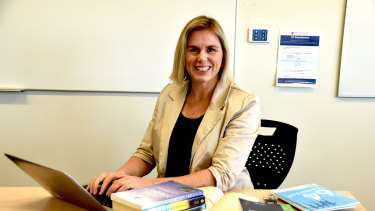Jóvenes esperan la apertura de fronteras para vivir en Australia y Nueva Zelanda, según agencias educativas
Jóvenes esperan la apertura de fronteras para vivir en Australia y Nueva Zelanda, según agencias educativas.
Por la pandemia, miles de jóvenes debieron posponer sus viajes de estudio a Australia y Nueva Zelanda. Los gobiernos de ambos países consideran que el regreso de estudiantes internacionales es una prioridad. En este caso, Australia comunicó el pasado 20 de julio la reactivación de los visados de estudiante. Las agencias educativas están cumpliendo un rol clave ayudando a los estudiantes en esta situación.
Miles de estudiantes internacionales aguardan ansiosos la apertura de las fronteras de Australia y Nueva Zelanda. En marzo, ambos países decidieron prohibir el ingreso de ciudadanos extranjeros debido a la pandemia de COVID-19, por lo que jóvenes de todo el mundo se vieron obligados a posponer sus viajes de estudio. En 2019 y solo considerando la educación superior, estos dos países recibieron a cerca de 500 mil estudiantes internacionales. La cifra supera el millón si se incluyen otros tipos de cursos.
Australia y Nueva Zelanda, son dos de los destinos más populares entre los estudiantes internacionales junto con Canadá, que recientemente está subiendo mucho. Estos destinos son elegidos tanto por la calidad y el prestigio de sus instituciones, como por las facilidades que tienen para trabajar mientras estudian. Por supuesto, en 2020 la crisis sanitaria golpeó de lleno al sector. De todas maneras, los gobiernos de Australia y Nueva Zelanda consideran que el tema es una prioridad y esperan recibir estudiantes lo más pronto posible.
Australia evalúa opciones
Australia es uno de los países más demandados para estudiar y trabajar. Cada año, recibe unos 950.000 estudiantes de todo el mundo, quienes eligen ese país para realizar estudios universitarios, intercambios, cursos vocacionales y cursos de inglés. Según los datos oficiales del Gobierno australiano, durante 2019 el sector de la educación internacional aportó 39 mil millones de dólares a la economía de ese país. Es un ingreso fundamental para que las escuelas y universidades de ese país puedan sostener la calidad de sus cursos.
Por lo tanto, el Gobierno Australiano sigue de cerca este tema y, si bien todavía no dio una fecha para abrir las fronteras, considera el regreso de los estudiantes internacionales como una prioridad. Es por ello que a fecha 20 de julio, el Ministro de Educación compareció confirmando la reactivación de los visados de estudiante. Si bien aún no establecieron fechas para poder entrar en el país Dan Tehan, adelantó que se deben cumplir dos condiciones antes de que los estudiantes internacionales puedan regresar a Australia.
Si bien aún no establecieron fechas para poder entrar en el país Dan Tehan, adelantó que se deben cumplir dos condiciones antes de que los estudiantes internacionales puedan regresar a Australia. “En primer lugar, el estado en cuestión debe haber abierto sus fronteras para vuelos domésticos. Además, los campus universitarios deben estar dando clases a los estudiantes australianos e internacionales que ya estén en el país”, afirmó
La situación en Nueva Zelanda En tanto, el regreso de los estudiantes internacionales es un tema que divide aguas en Nueva Zelanda y es motivo de fuertes discusiones políticas. El ministro de Finanzas, Grant Robertson, aseguró que la capacidad de las instalaciones para realizar cuarentenas ya está al límite debido a los neozelandeses que regresan al país. Según declaró el funcionario en una entrevista, el regreso de los estudiantes internacionales a Nueva Zelanda “llevará tiempo”.
El país kiwi enfrenta una situación económica compleja a raíz de la pandemia. El cierre de sus fronteras cortó el flujo de turistas, que el año pasado fue el mayor generador de divisas del país: unos NZ$16 mil millones (o USD 10 mil millones). Pese a la apremiante contexto económico, Robertson afirmó que es poco probable volver a poner en marcha al sector de la educación internacional (de unos NZ$ 5 mil millones) este año. Sin embargo, no todos opinan lo mismo. El opositor Partido Nacional considera que los estudiantes internacional deben volver a Nueva Zelanda en el Segundo Semestre del año. Según plantean, los estudiantes sólo deberían ser sometidos a un test al ingresar al país y cumplir cuarentena de 14 días.
“Si no se mueve rápidamente, Nueva Zelanda corre el riesgo de perder estudiantes internacionales para la segunda mitad de 2020, lo que le costará a la economía cientos de millones de dólares”, aseguró la vicepresidenta del Partido Nacional, Nikki Kaye. Por su parte, Grant Guilford, el vicerrector de Universidad Victoria en Wellington, instó a que los vuelos de estudiantes comiencen a llegar a más tardar en noviembre. “[Los estudiantes internacionales] contribuyen a la capacidad de las Universidades de destacarse a nivel mundial», sostuvo Guilford y agregó que también ayudan a competir con otros, ya que son los «talentos» que requiere la economía del conocimiento.
Codo a codo en tiempos de crisis
En este panorama de incertidumbre, los estudiantes internacionales no están solos. Las agencias educativas trabajan día y noche para resolver dudas y asistirlos en este momento. Entre otras cuestiones, ayudan a los estudiantes a modificar sin cargo las fechas de sus cursos, los seguros médicos y las aplicaciones de visados.
Además, algunas agencias habilitaron líneas de contacto directo para resolver las dudas de todas las personas en origen y en destino que se encontraron en medio de esta situación. Tal es el caso de GrowPro Experience, una empresa española con más de 200 experiencias educativas, ayuda cada año a más de 2.000 personas a cumplir el sueño de viajar para estudiar a Australia y Nueva Zelanda.
Por otra parte, existen algunas pocas empresas como GrowPro, que cuentan con personal en los países destino como Australia y Nueva Zelanda. Estas personas también tienen un papel importante, ya que están al tanto de las últimas novedades de cada país y son el enlace con los estudiantes que ya se encuentran en el lugar, quienes también fueron afectados por la crisis sanitaria.
Sin duda, las autoridades de Australia y Nueva Zelanda están haciendo todos sus esfuerzos para normalizar la situación cuanto antes. Mientras tanto, las agencias educativas cumplen un rol fundamental estando al lado de los estudiantes, ayudándolos en este momento de incertidumbre.
Fuente de la Información: https://www.notimerica.com/comunicados/noticia-comunicado-jovenes-esperan-apertura-fronteras-vivir-australia-nueva-zelanda-agencias-educativas-20200723094720.html














 Users Today : 151
Users Today : 151 Total Users : 35459746
Total Users : 35459746 Views Today : 272
Views Today : 272 Total views : 3418244
Total views : 3418244